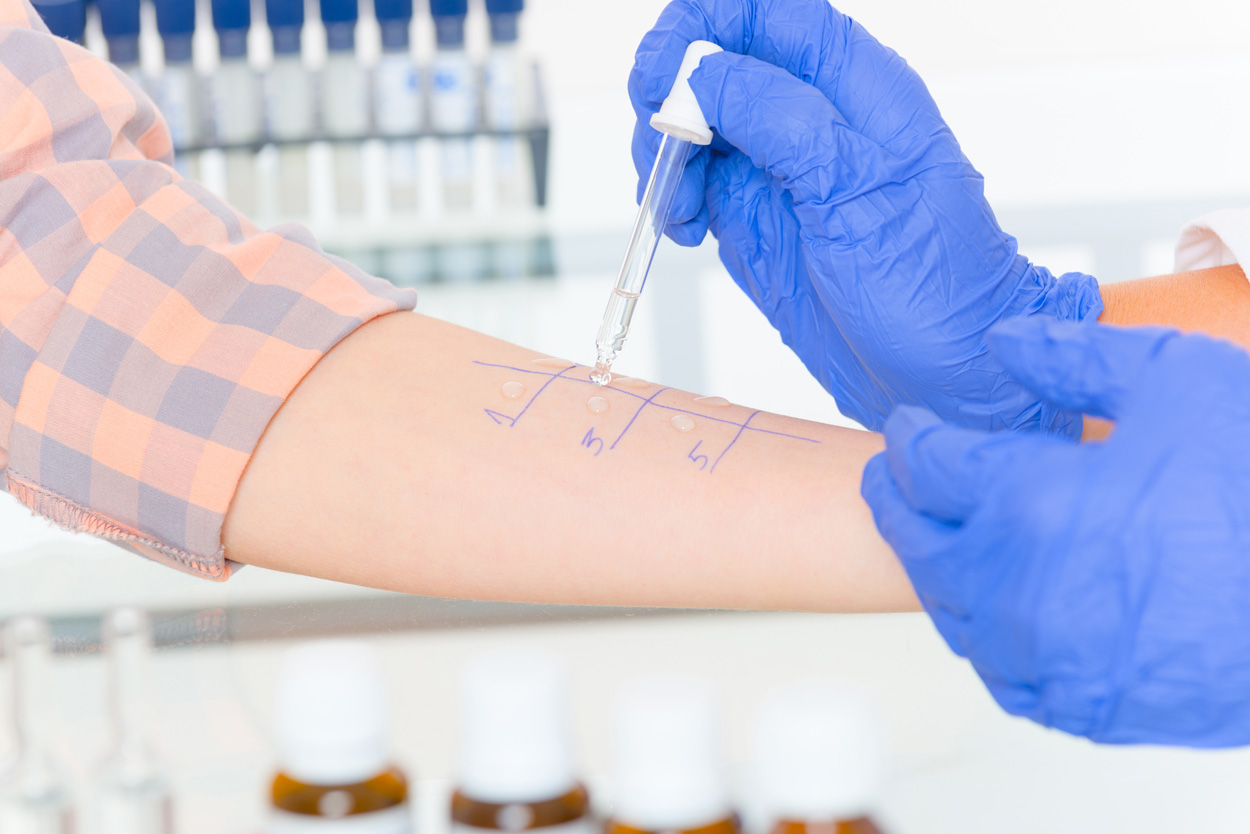Airborne Allergy Testing
A test where the clinician will use a sterile lancet with an allergen liquid to place a small prick on the top surface of the skin.
Why you might need an allergy test
Allergy testing is usually performed on people with suspected allergic rhinitis, asthma or reactions to household insects. A lot of these allergies can go many years without being identified and doing an allergy test can uncover the cause of many respiratory problems. Common allergens we test for include dust mite, moulds, animal dander, roaches, grass, tree and weeds.
Allergy testing procedure
Skin prick tests are only slightly uncomfortable, and usually well tolerated in adults and children. The sterile lancets we use are plastic and have a slightly larger surface area than other less-expensive ones making them more comfortable on your skin.
The clinician will wipe a section of skin, typically on your forearm, with an alcohol wipe and mark out a corresponding number for each allergen. An individual lancet is used for each allergen and is discarded once pressed to the surface of the skin; a small droplet of allergen remains on the skin’s surface.
If you are allergic to the tested allergen, a small itchy lump surrounded by a red flare will appear within 15-20 minutes. The size of these reactions is measured to indicate the severity of the allergy. Once these reactions are measured the allergens are wiped off and a corticosteroid cream can be applied if your skin if it is still itchy.
Following the Allergy test your specialist will explain the results to you in detail, feel free to ask the specialist any further questions if you need more information.

